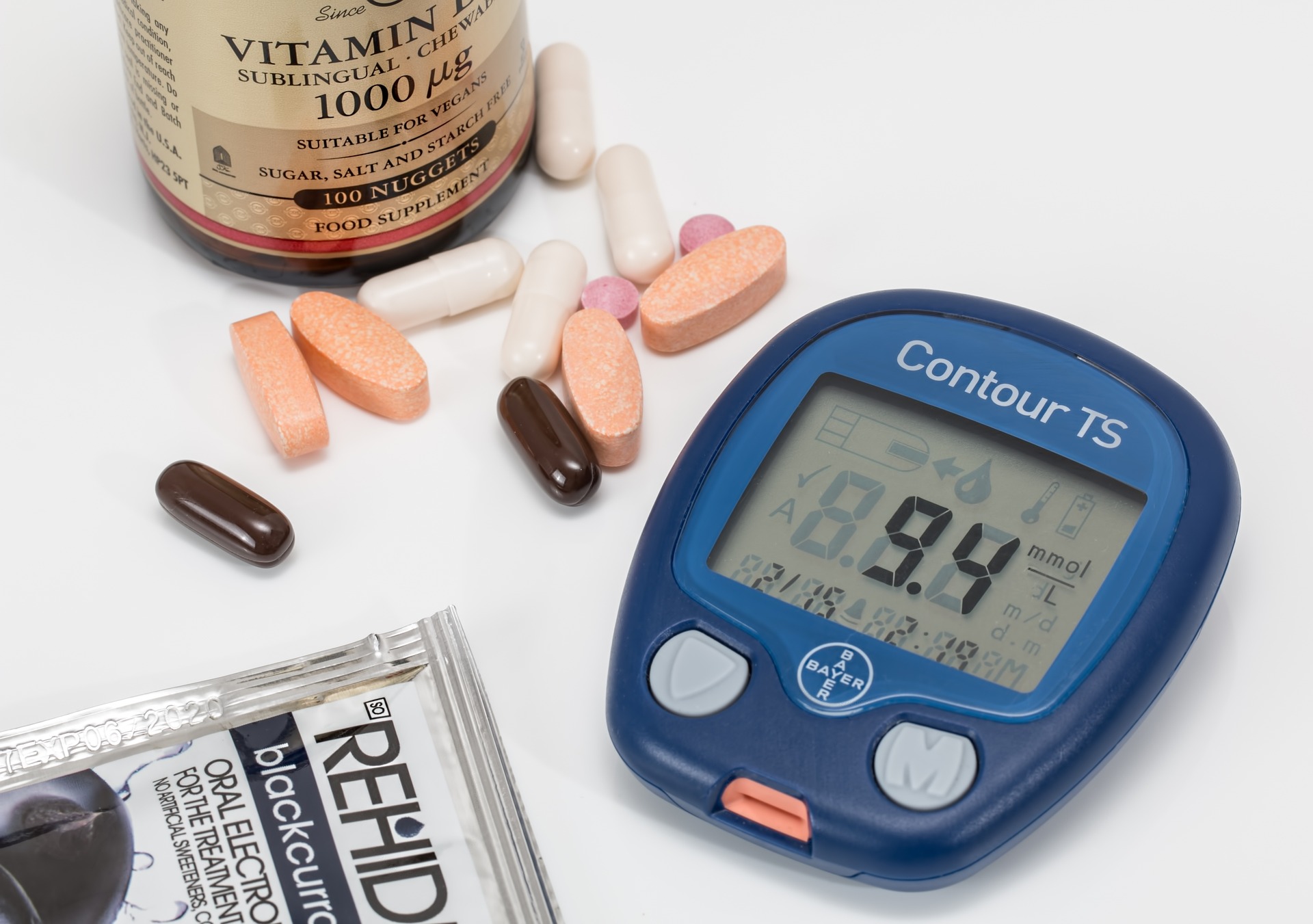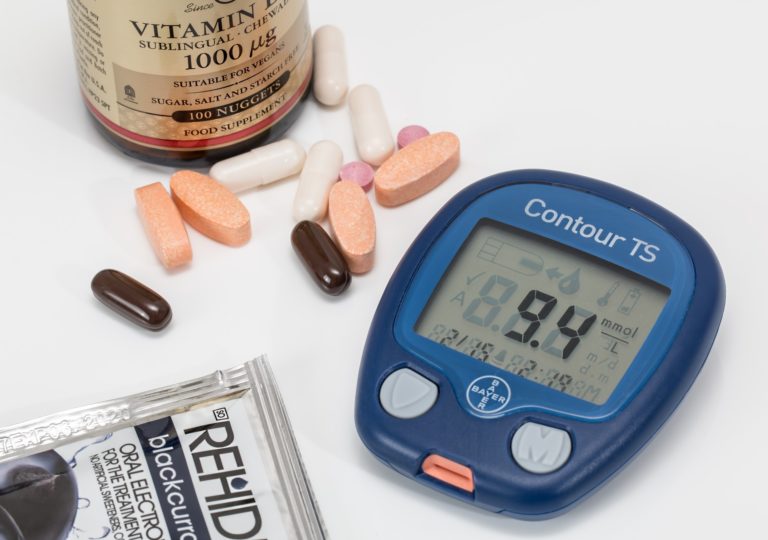Introduction to diabetes mellitus
Diabetes mellitus, commonly known as diabetes.
is a chronic metabolic disorder characterized by high levels of glucose (sugar) in the blood.
It occurs when the body is unable to properly regulate the amount of glucose in the bloodstream, either due to a lack of insulin production or the body’s inability to use insulin effectively.
Insulin is a hormone produced by the pancreas that plays a key role in regulating blood sugar levels. (1)
When we eat, the carbohydrates in our food are broken down into glucose, which enters the bloodstream.
In response, the pancreas releases insulin, which helps cells in the body absorb the glucose and use it for energy.
In people with diabetes, however, this process is disrupted. There are two main types of diabetes:
Types of diabetes mellitus
Type 1 diabetes mellitus
This is an autoimmune condition in which the body’s immune system attacks and destroys the cells in the pancreas that produce insulin.
As a result, people with type 1 diabetes need to take insulin injections or use an insulin pump to regulate their blood sugar levels.
Type 2 diabetes mellitus
This is the most common form of diabetes, accounting for around 90% of all cases.
It occurs when the body becomes resistant to insulin or doesn’t produce enough insulin to keep blood sugar levels in the normal range.
Type 2 diabetes is often associated with lifestyle factors such as obesity, physical inactivity, and an unhealthy diet.
In addition to type 1 and type 2 diabetes, there is also gestational diabetes, which occurs during pregnancy and usually resolves after delivery.
However, women who develop gestational diabetes are at increased risk of developing type 2 diabetes later in life.
Symptoms of diabetes mellitus include
Frequent urination
Excessive thirst
Hunger
Fatigue
Blurred vision
Slow healing of wounds
Tingling or numbness in the hands or feet
If left untreated, diabetes can lead to serious complications such as heart disease, stroke, kidney disease, nerve damage, and vision loss.
That’s why it’s important to get tested for diabetes if you are at risk or experiencing symptoms.
Diagnosis of diabetes mellitus
Diagnosis of diabetes is typically done through a blood test that measures fasting blood sugar levels, HbA1c levels (a measure of average blood sugar levels over the past 2-3 months), or an oral glucose tolerance test.
Treatment of diabetes
Treatment for diabetes typically involves a combination of lifestyle changes and medication.
Lifestyle changes may include losing weight, increasing physical activity, and adopting a healthy diet.
Medications for diabetes may include insulin injections, oral medications that help the body use insulin more effectively, or medications that reduce glucose production in the liver.
Living with diabetes can be challenging, but with proper management, people with diabetes can lead healthy, active lives.
It’s important to work closely with your healthcare team to develop a treatment plan that’s right for you.
you must monitor your blood sugar levels regularly, and make healthy choices to manage your diabetes.





